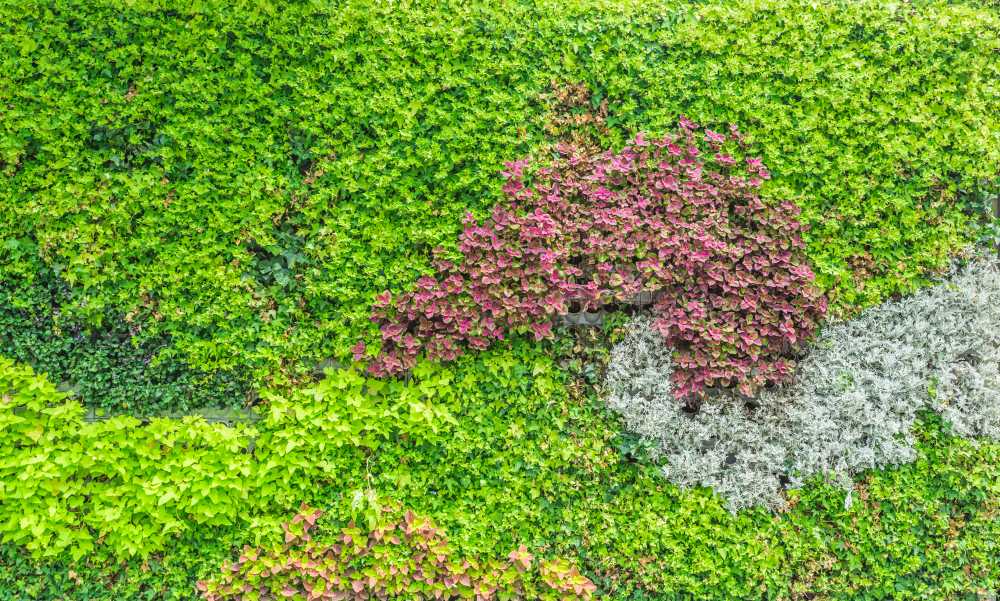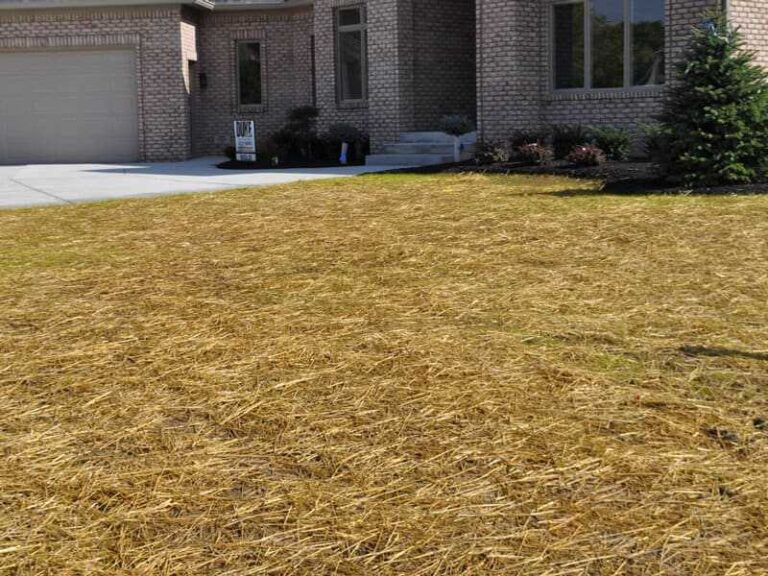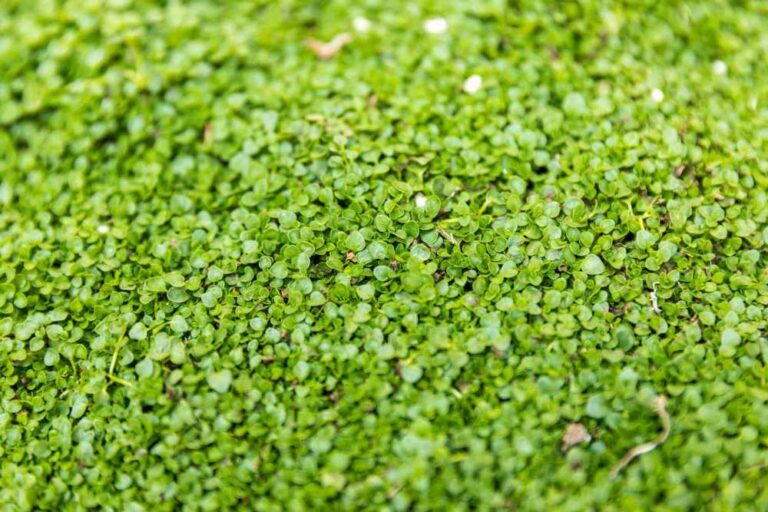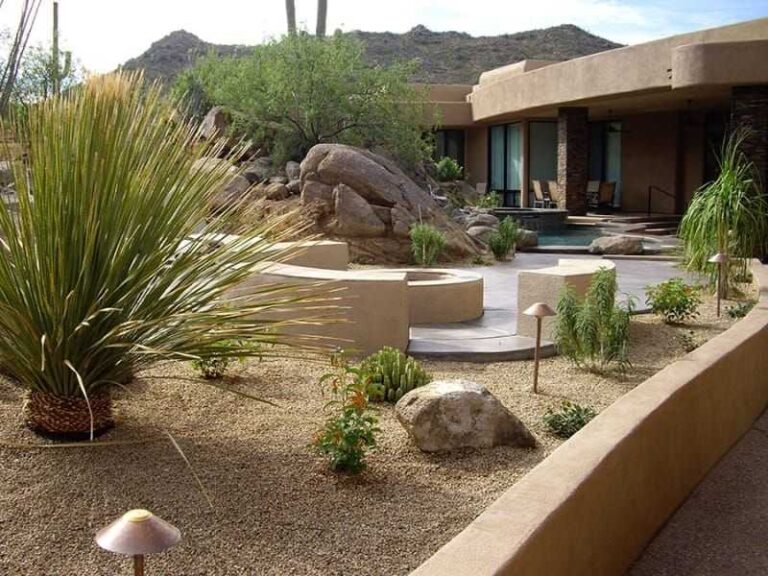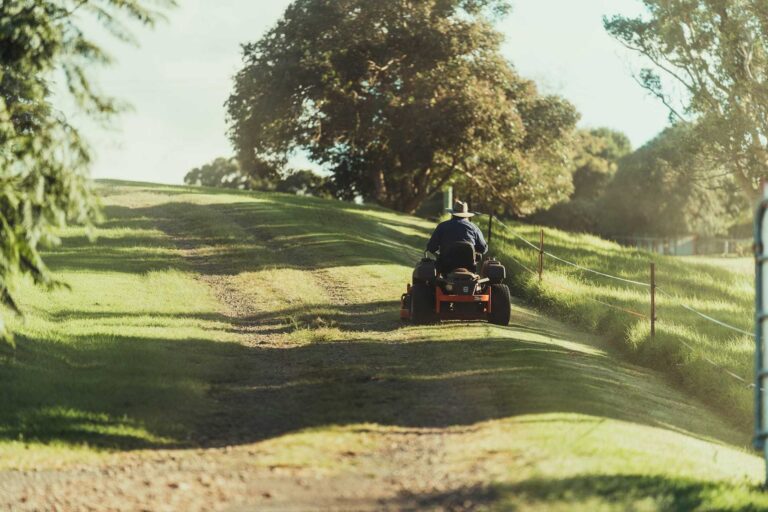Uncovering Creeping Thyme Lawn Pros and Cons
When it comes to landscaping and gardening, the concept of a traditional lawn has evolved over time. As environmental concerns grow and homeowners seek more sustainable alternatives, the creeping thyme lawn has gained popularity. This alternative approach offers a unique and attractive ground cover solution that not only adds aesthetic value but also brings several benefits to the table.
Choosing the best creeping thyme for lawn is a decision that requires careful consideration. With an array of options available, each possessing unique characteristics, it’s essential to match your preferences, climate, and landscape requirements to ensure a successful and visually appealing outcome. Like any landscaping choice, a creeping thyme lawn comes with its own set of drawbacks.
In this article, we will delve into creeping thyme lawn pros and cons to help you make an informed decision for your outdoor space:
Creeping Thyme Lawn Pros:
Aesthetically Pleasing: One of the most remarkable advantages of a creeping thyme lawn is its visual appeal. With its tiny leaves and delicate flowers in various colors, creeping thyme creates a tapestry-like effect that adds a unique charm to your landscape. It creates a carpet of colors ranging from shades of pink, purple, white, and even creeping red thyme lawn, depending on the variety you choose.
Aromatic Ambiance: Another significant pro of the creeping thyme lawn is its ability to infuse its surroundings with an enchanting fragrance. Whether planted in a garden, used as a ground cover, or even potted indoors, thyme releases its distinct aroma into the air, creating an inviting and refreshing ambiance. The scent of thyme has a calming effect, making10 it a wonderful addition to outdoor spaces or relaxation areas. Its fragrance can be enjoyed with a simple brush against its leaves when added to indoor environments.
Low Maintenance: Perhaps the most enticing feature of a creeping thyme lawn is its minimal maintenance requirements. Unlike traditional grass lawns that need frequent mowing, watering, and fertilizing, creeping thyme thrives in low-nutrient soils and requires little to no mowing. This makes it an excellent choice for those who want a beautiful landscape without the constant upkeep.
Drought Tolerant: Creeping thyme is highly drought-resistant once established. Its deep-rooted nature allows it to access moisture from the soil even during dry periods. This characteristic not only conserves water but also reduces your water bills and the need for irrigation.
Weed Suppression: Another pro of a creeping thyme lawn is its ability to suppress weed growth. The dense growth habit of thyme prevents sunlight from reaching the soil, making it difficult for weeds to germinate and establish themselves. This natural weed control reduces the need for chemical herbicides and manual weeding.
Attracts Pollinators: Creeping thyme’s delicate flowers are a magnet for bees, butterflies, and other pollinators. By planting a creeping thyme lawn, you contribute to the health of local ecosystems by providing a habitat and food source for these important creatures.
Erosion Control: The mat-like growth of creeping thyme lawn helps stabilize the soil and prevent erosion on slopes or areas prone to soil movement. This is particularly valuable in areas with heavy rainfall or steep terrain.
Creeping Thyme Lawn Cons:
Slow Establishment: While lawn creeping thyme is a hardy plant, it does take time to establish itself and fill in the space effectively. During this establishment phase, the lawn might appear patchy or less dense, which could affect the immediate visual appeal of your landscape.
Foot Traffic: Creeping thyme is not as resilient to foot traffic as traditional grass lawns. Constant walking or heavy use can damage the delicate stems and leaves, resulting in bare patches. Planning pathways or stepping stones to direct traffic away from high-use areas is essential.
Invasive Potential: While creeping thyme is generally well-behaved, some varieties can become invasive in certain climates. Choosing non-invasive or well-adapted varieties for your region is important to prevent any ecological disruptions.
Limited Play Space: If you have children or pets that enjoy playing and running around in the yard, a creeping thyme lawn might not provide the cushion and resilience of traditional grass. This could limit the usability of the space for certain activities.
Soil and Sun Requirements: Creeping thyme lawn prefers well-draining soil and might struggle in heavy clay or waterlogged areas. Additionally, it thrives in full sun but might not perform well in shady spots. This could limit its applicability in certain parts of your yard.
Initial Cost and Effort: While a creeping thyme lawn requires less maintenance in the long run, there is an initial investment of time and effort required to prepare the soil, plant the thyme, and establish the lawn. This might deter some homeowners looking for quick and easy landscaping solutions.
Is A Creeping Thyme Lawn Right For You?
Weighing creeping thyme lawn pros and cons can help you decide whether it’s suitable for your landscape. Your decision should also be based on your priorities and preferences. If you value a low-maintenance, visually appealing, and eco-friendly ground cover, then a creeping thyme lawn might be a perfect fit. However, if you have high foot traffic, require a space for intensive play, or have unsuitable soil and sun conditions, you might want to consider other alternatives.
Before planting the creeping thyme lawn seeds, research the specific thyme varieties that do well in your region and climate. Consulting with local gardening experts or landscaping professionals can provide valuable insights into whether a creeping thyme lawn is suitable for your outdoor space.
Bottom Line
A creeping thyme lawn offers a range of benefits, from its captivating aesthetics and low maintenance to its positive impact on pollinators and erosion control. However, weighing creeping thyme lawn pros and cons like slow establishment, limited foot traffic resilience, and specific soil and sun requirements is important. By carefully evaluating creeping thyme lawn pros and pros, your landscaping needs, and priorities, you can determine if this lawn aligns with your vision for a sustainable and visually appealing outdoor space.
